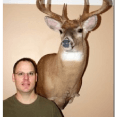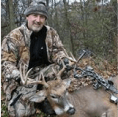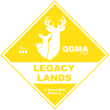On-site Consulting and Detailed Land Management & Hunting Improvement Plans.
Limited Openings Available
If you’re reading this then you’re a landowner and or hunter that’s looking for information on how to improve your deer hunting property. Improving a property’s habitats that will create predictable movement patterns, attractive security and bedding areas along with providing increased stem density, woody browse including holding more mature age class bucks and well dispersed family groups of whitetail deer.
This can be a tall order for the typical landowner/hunter searching for “land management consultant” that finds Social-Media, YouTube, and the web to be overrun with inexperience, gimmicks, false narratives, and just plain and simple BS. Much of the feedback I get from clients tells me several other land management companies just don’t make your success their priority.
Every property has its own unique circumstances, size, shape, habitat arrangements, layouts, typography challenges, neighboring property influences and varied soil types/conditions. There is no “One Size Fitts All” in habitat and land management.
Every landowner has his/her own management goals and needs, you should have a land management consultant that focuses on your priorities while balancing the habitat design, land use and hunting methods to help you reach them.
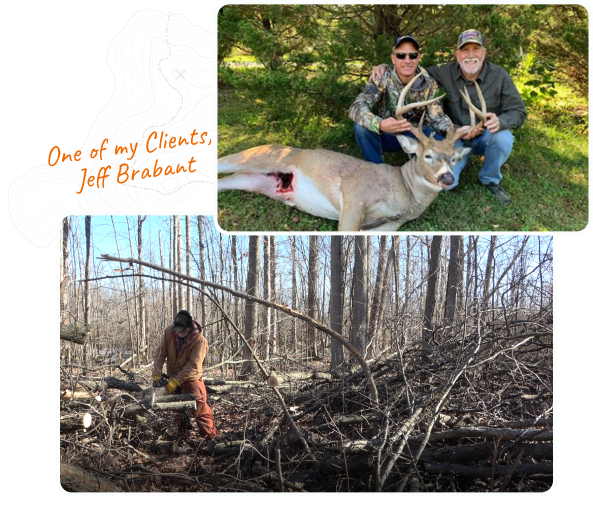
Here are a few things to think about that will always have some minor to major impacts on your hunting land.
- Entry/Exits, this is one of the most important improvements and changes you as a hunter can make to your hunting success. Simply put, a deer that doesn’t know its being hunted is much easier to see and harvest.
- Security and bedding areas, let’s face it, deer want to spend their leisure time undisturbed and have multiple locations they can repeatedly feel safe at & in for bedding.
- Food sources, food comes in many forage classes and a lot of preferred deer food comes in the form of browse that has nothing to do with food plots. That being said food plots with the right forage that matches your soil types/conditions and existing deer density can be very beneficial in building predictable “bed to food & food to bed” movement patterns.
- Scrapes & rubs, whitetails use a number of communication techniques with licking branches and rubs both stimulating their olfactory senses. Your habitat should have a few areas where bucks and does socialize, constantly communicate, prime the rut periods, establish dominance and the herd’s hierarchy.
- Scent control & human disturbances, I know of nothing that will rid your property of deer quicker than human scent and disturbance in non-typical normal property use circumstances. Areas designated as sanctuaries or safe zones go a long way in helping you reach your mature buck harvest goals.
If your land management consultant isn’t informing you of the above factors, designing them into your plan and their potential impacts to your success or lack of, then consider contacting me for a short phone conversation or email exchange to learn more about turning your hunting property into the deer hunting mecca you’ve always dreamed of.
Customer stories
HS360 On-site consulting visits faqs
Due to the limited number of personal on-site visit availability, your property needs to be a minimum of 60 acres or more in size.
Ideally, you’ve owned and hunted the property for at least 2-3 seasons, your personal experiences and intel are valuable information that helps me identify gaps & develop a management plan to reach your goals and counter some of the disappointments you’ve encountered.
Your habitat management plan will be very detailed and may seem a bit overwhelming in the beginning, there will be a number of task required by you to accomplish during the off-season for several of the upcoming years. Your success depends directly on how much time & work you put into completing all the suggested improvements.
If you engage in a landowner and/or lease partnership, I encourage all those involved with a hunting interest to be there. My management plans will only succeed when everyone involved is on board and understands how important each improvement is.
EXPLORE MY SERVICES
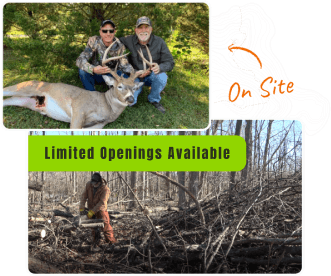
On-site Consulting and Detailed Land Management & Hunting Improvement Plans.

HS360 Full Circle Enhanced Virtual Coaching & Hunting Strategy service.

Attend one of Jakes Habitat Workshops and tour Jakes farm.

